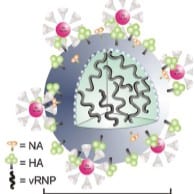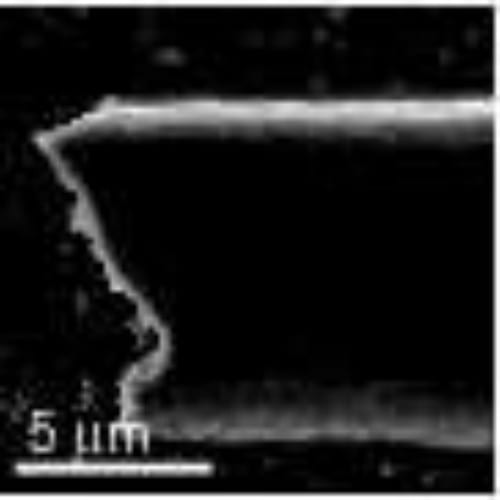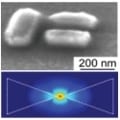Functionalized gold nanoparticles are used to prevent flu viruses from attaching to and entering cells, in research by German scientists.


Functionalized gold nanoparticles are used to prevent flu viruses from attaching to and entering cells, in research by German scientists.

A rigorous study by British and Irish scientists demonstrates a clear relationship between alignment and loading of nanotubes in nanocomposites and the nanocomposite mechanical properties.
French scientists have made light-sensitive memory devices by combining carbon nanotubes and silicon nanowires.
A team in Japan have made stronger than ever metal-carbon nanotubes junctions by nanowelding multiwalled carbon nanotubes to the contact surface.
Nanotubes whose properties alternate with nanometer precision can be made by a simple electrochemical process, show German scientists.

A recent concept article gives a round-up of how nanoplasmonic technology can be employed to control optical properties by use of appropriately shaped nanostructures.
By studying the thermal effects in SERS, scientists may be able to drastically alter the sensitivity of their system and provide vital information for the design of new SERS probes.
US scientists have developed the first examples of logic gates (NAND, NOR and XOR gates) that can be switched simply by bending the substrate.
Materials scientists from the USA have made a thin layer of quantum dots on a photonic crystal surface, thereby creating a stable material with enhanced emission properties.
A simple way to create very small patterns on a surface by using a mixture of top-down and bottom-up technology has been developed. Self-assembly is combined with evaporation to make highly ordered nanoscale structures.